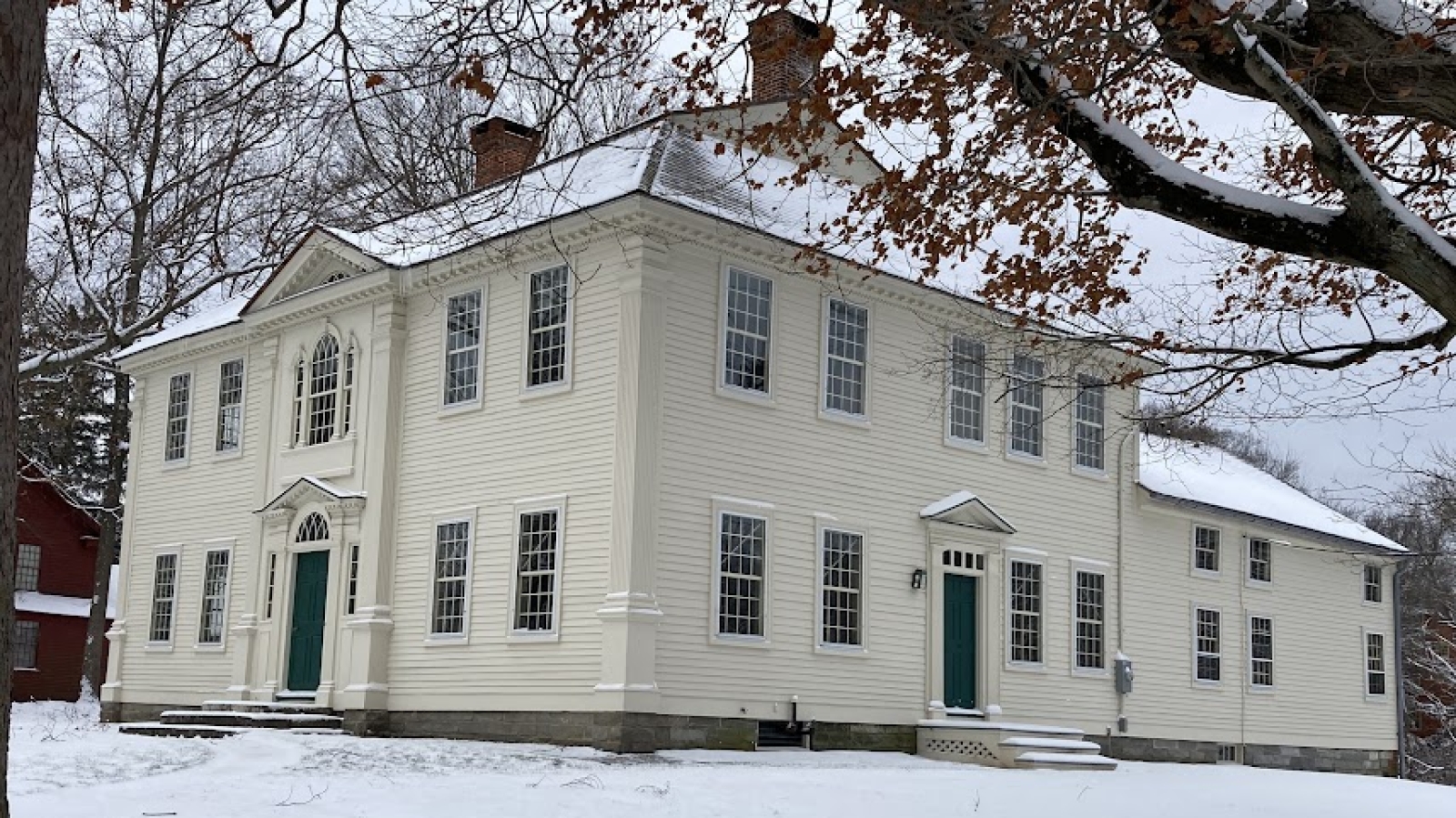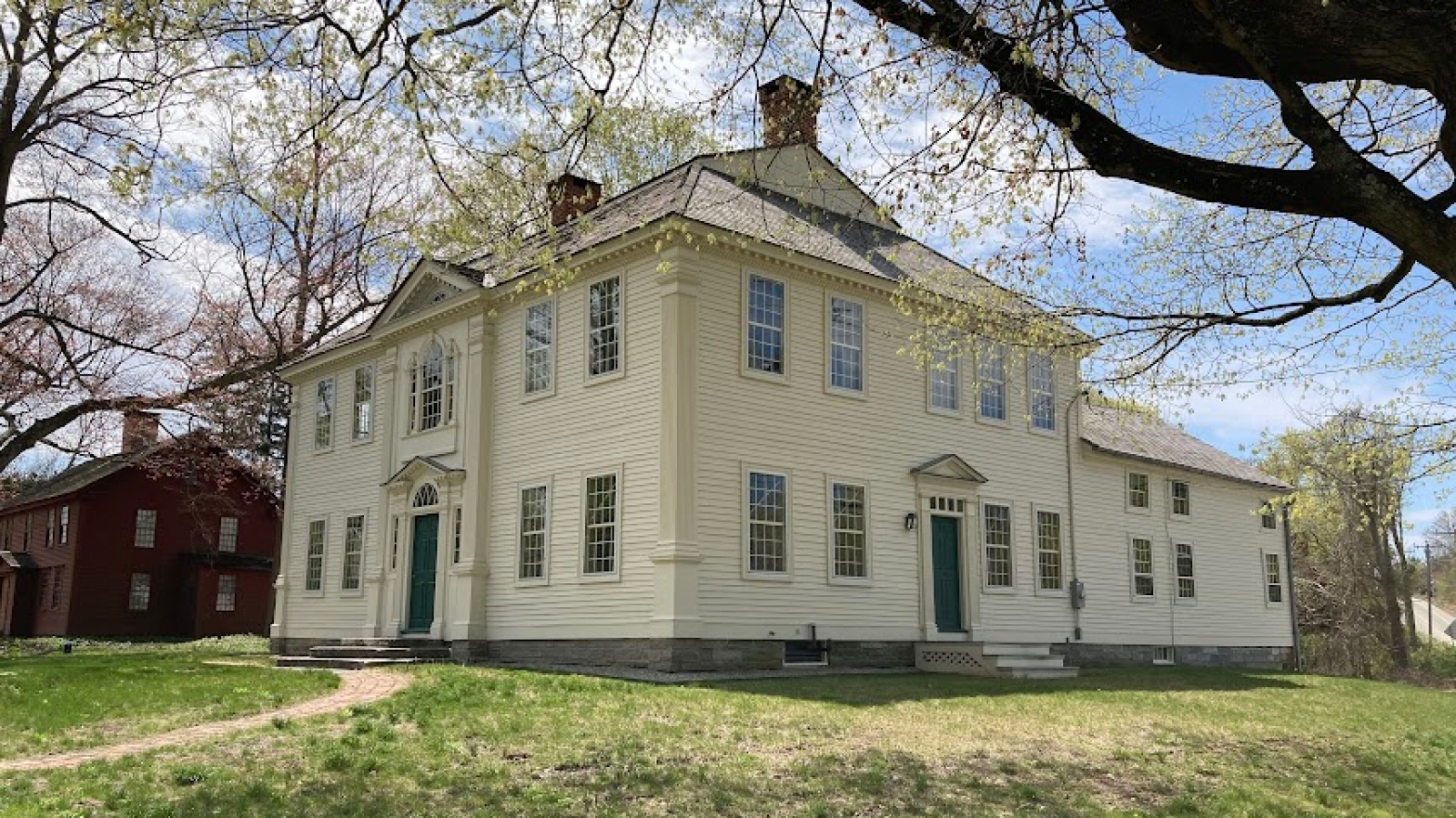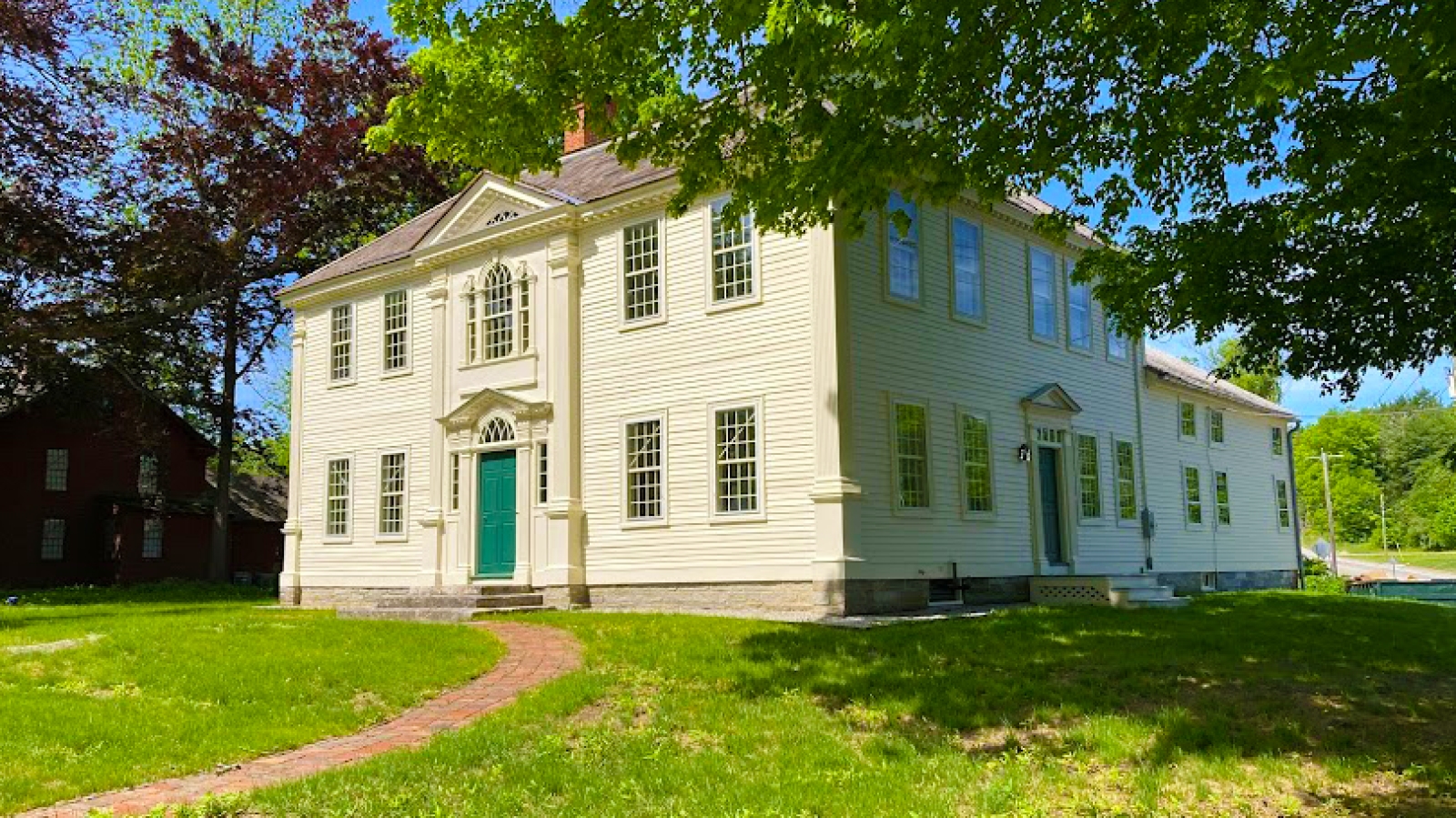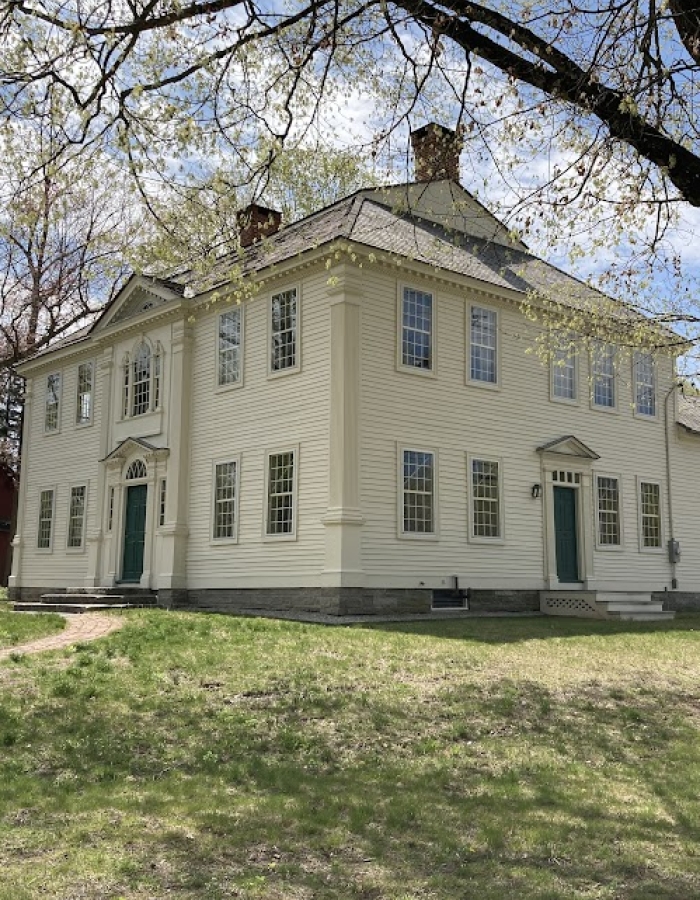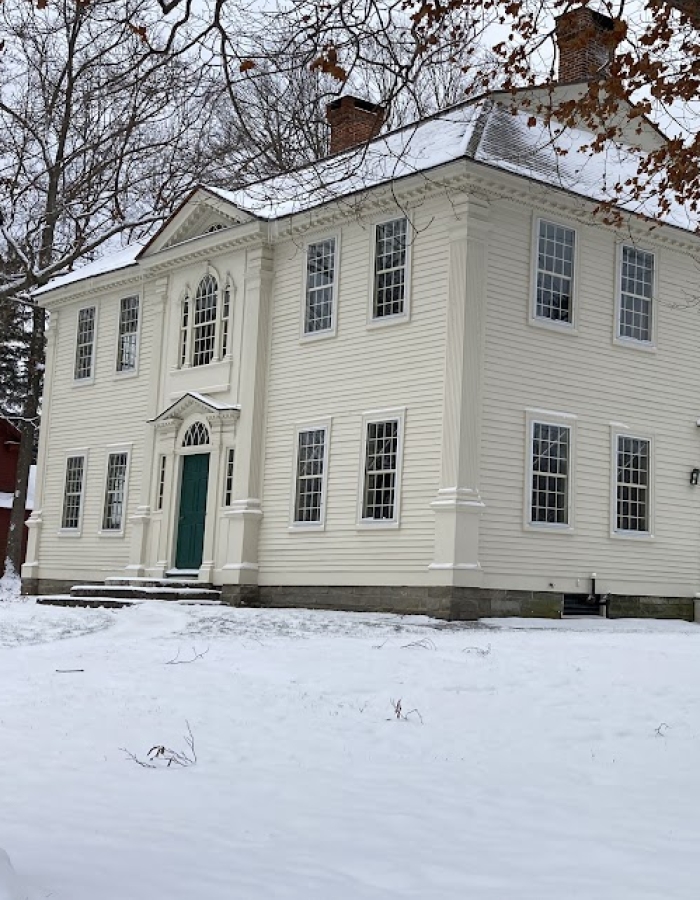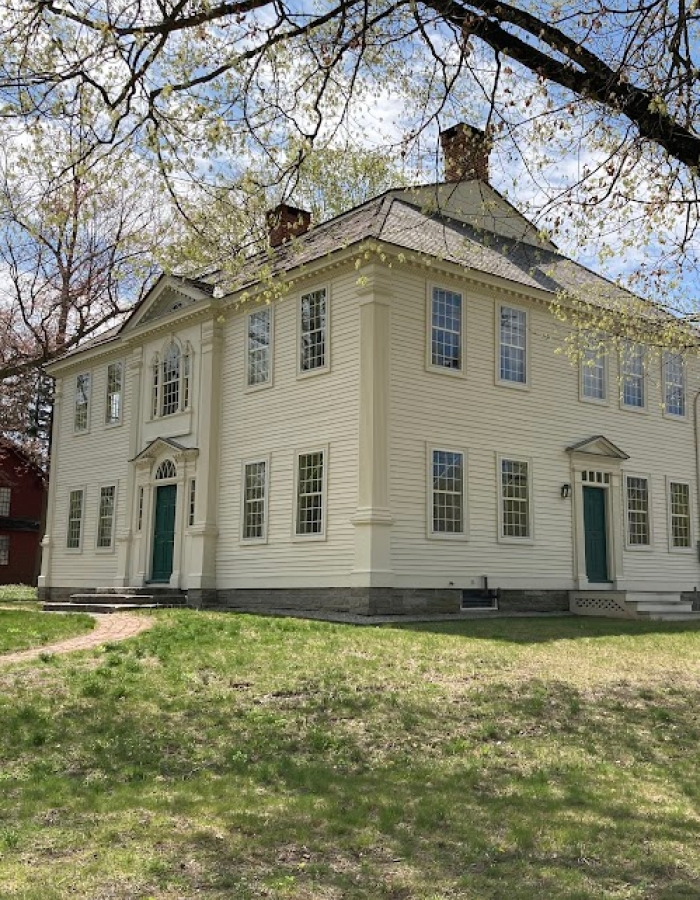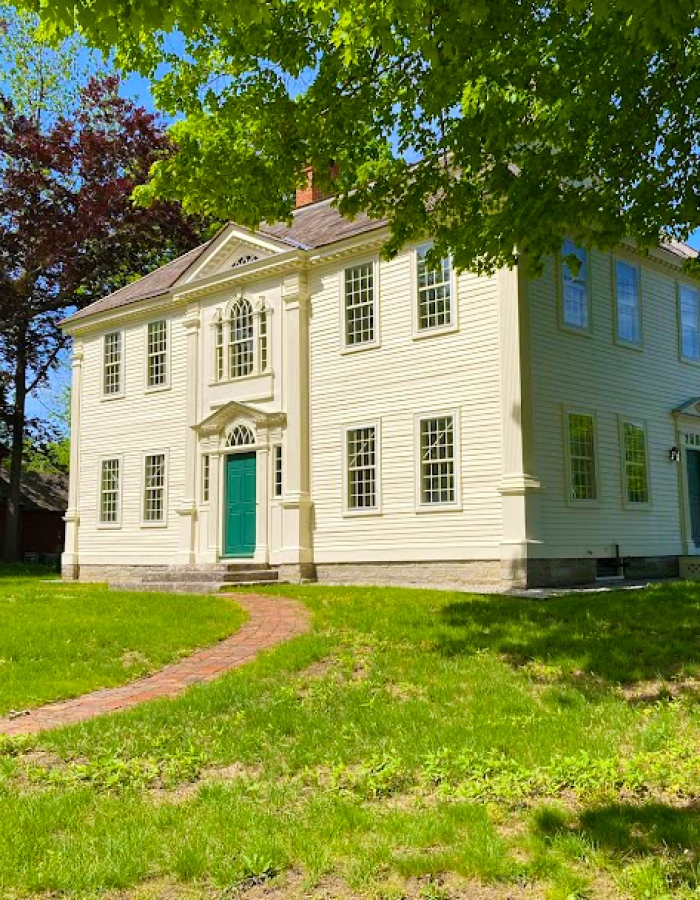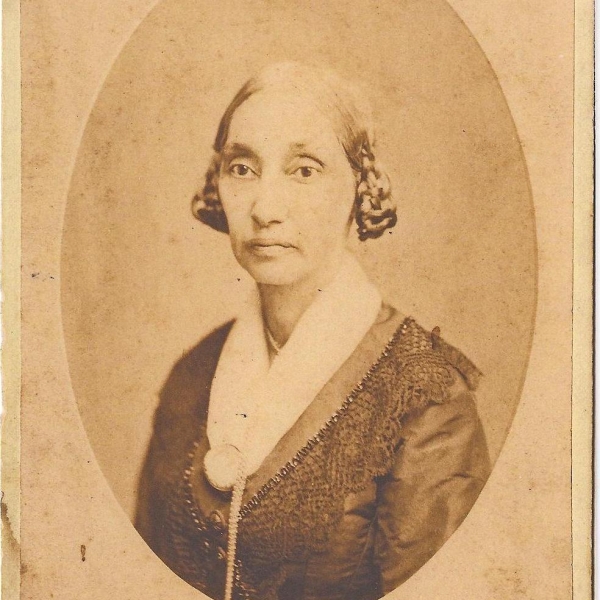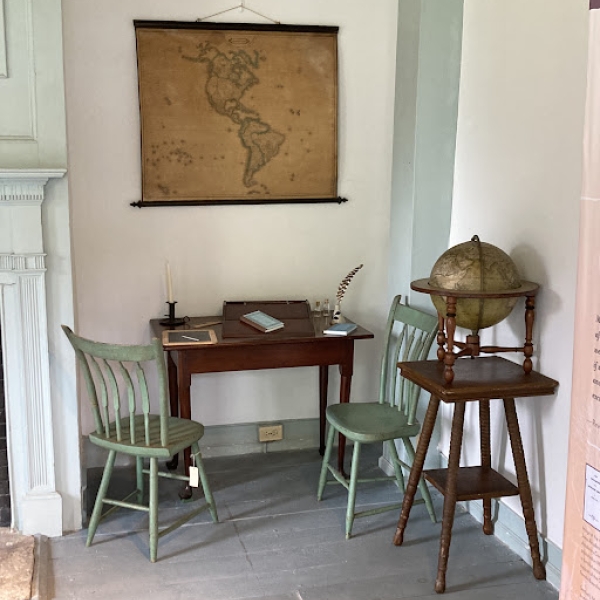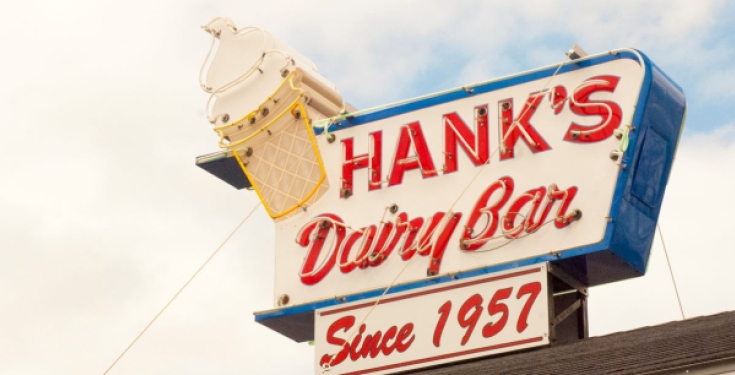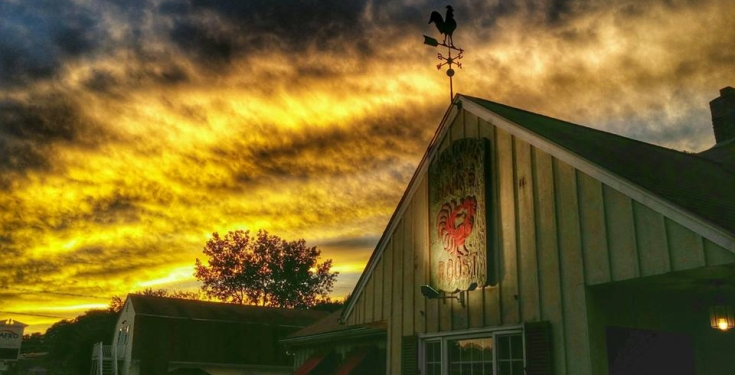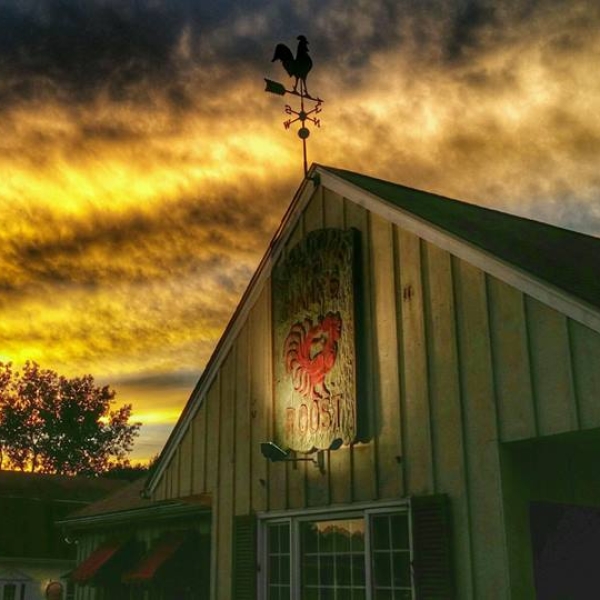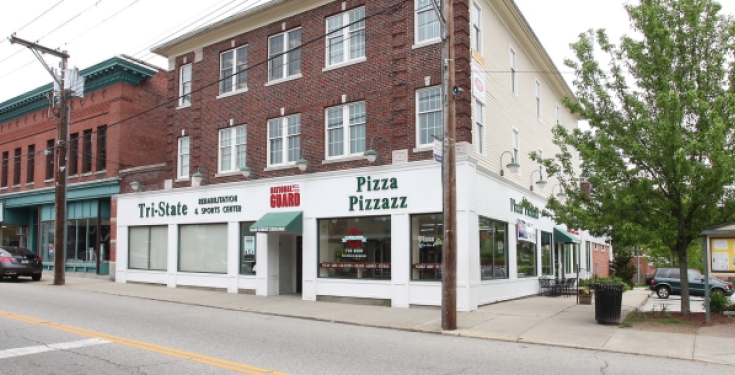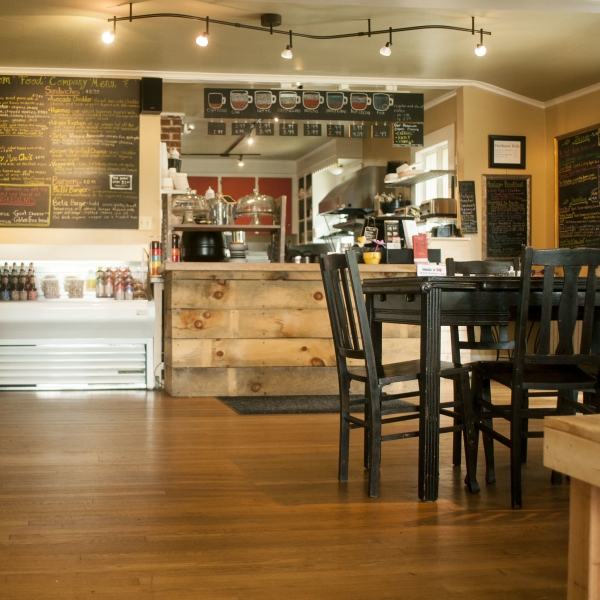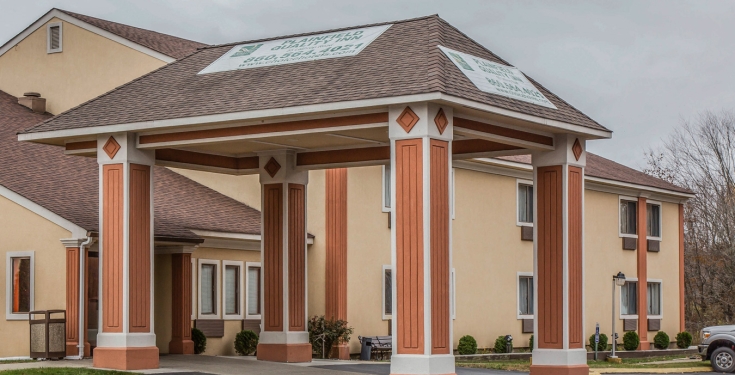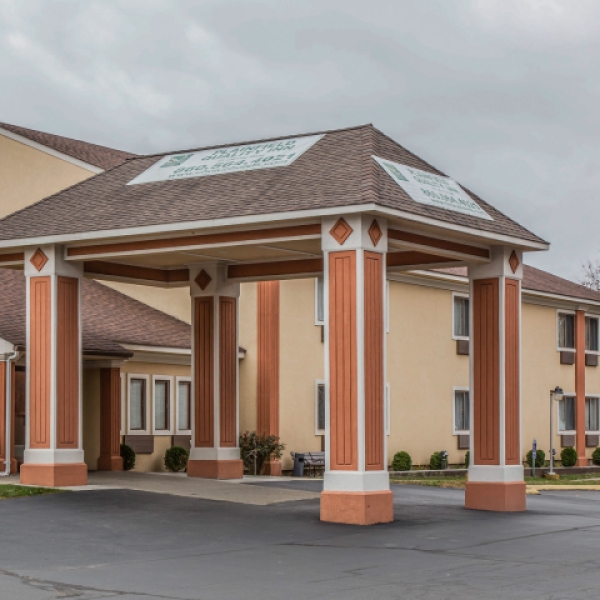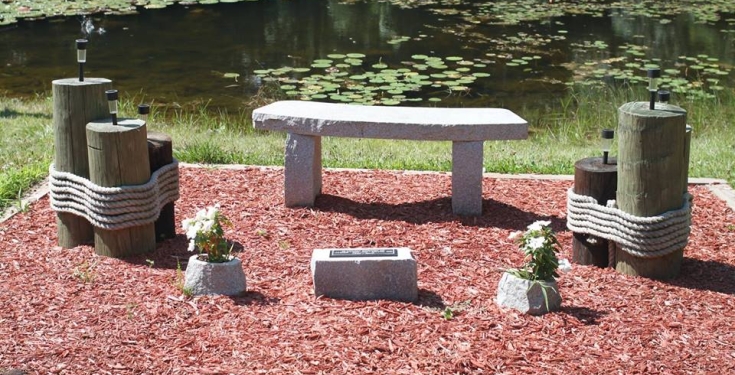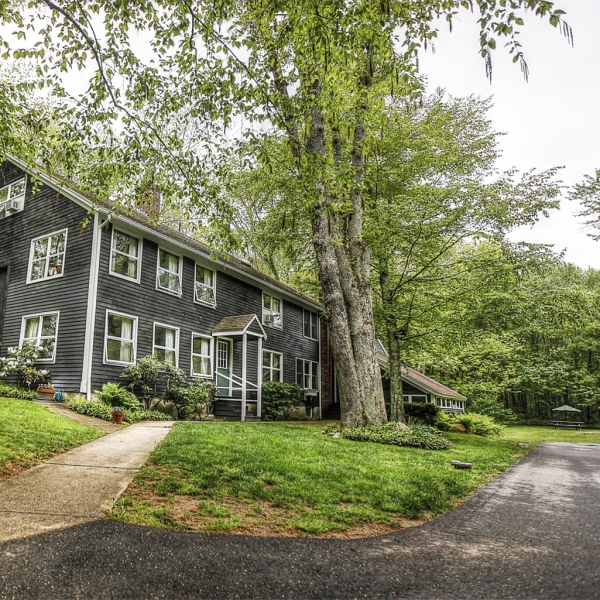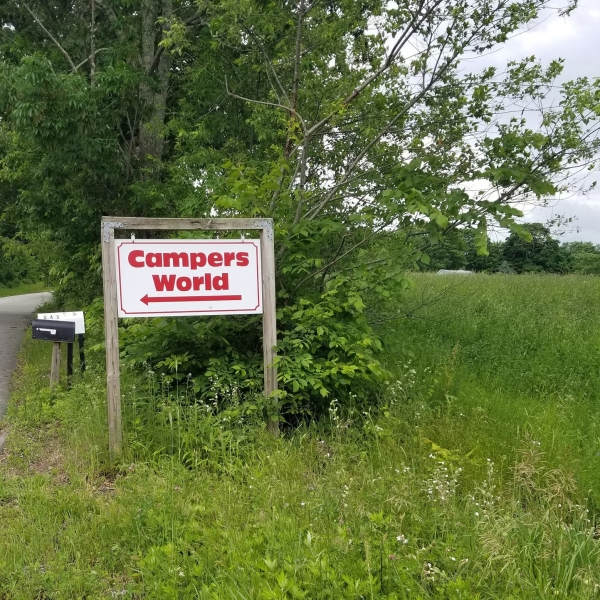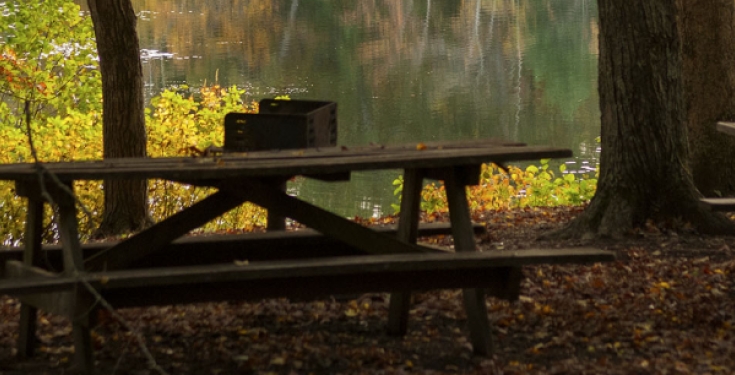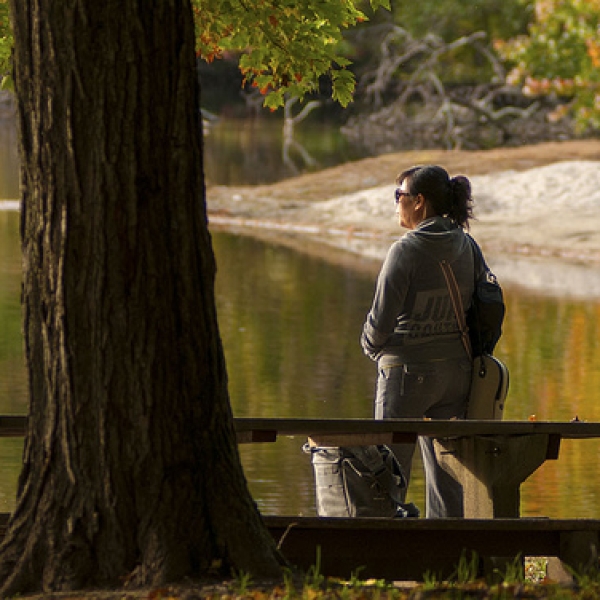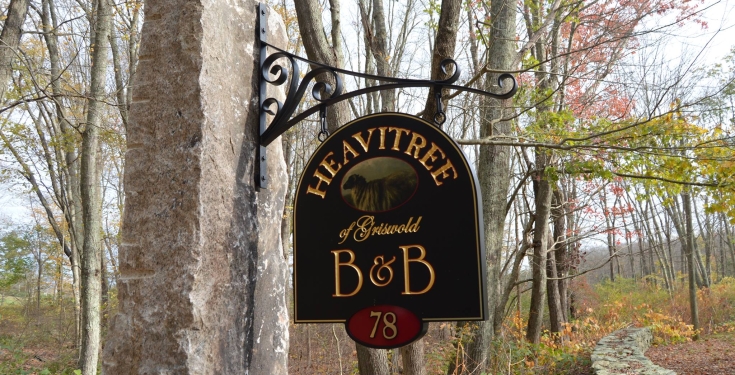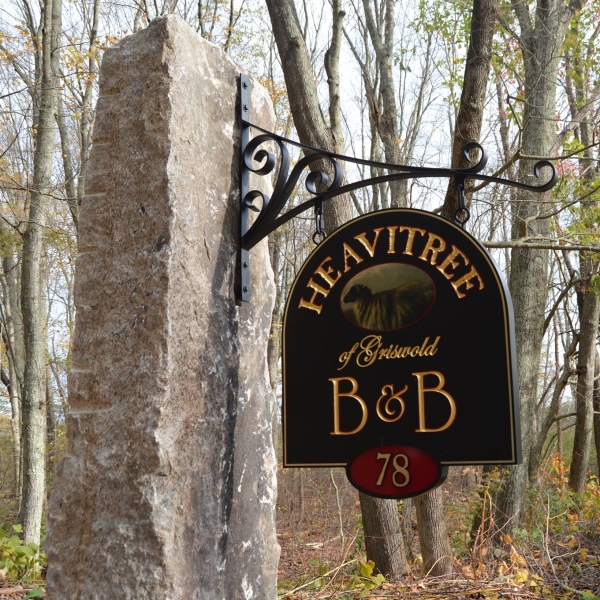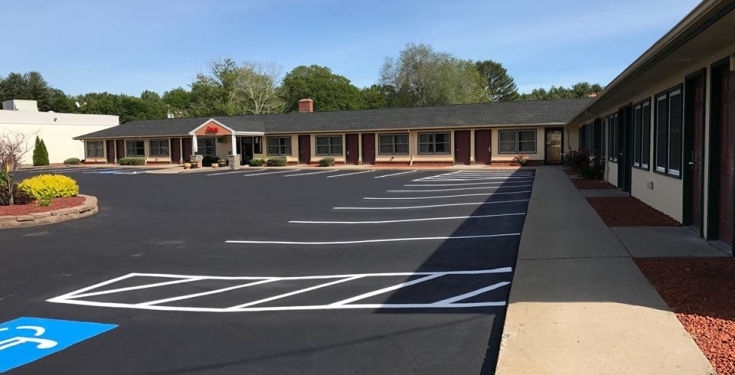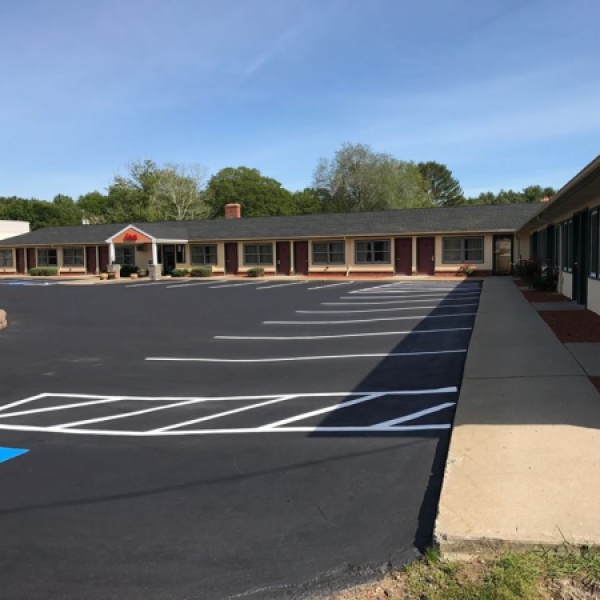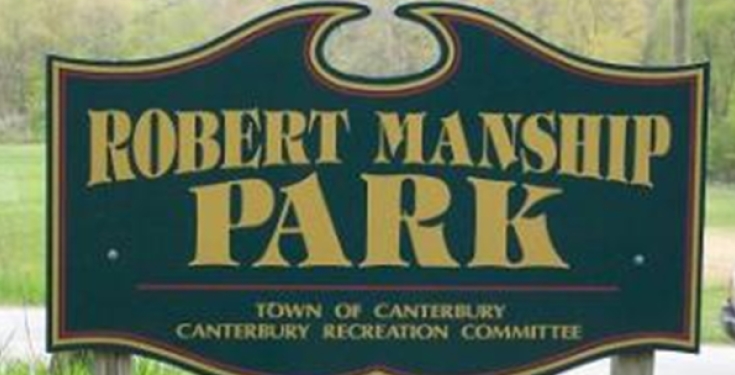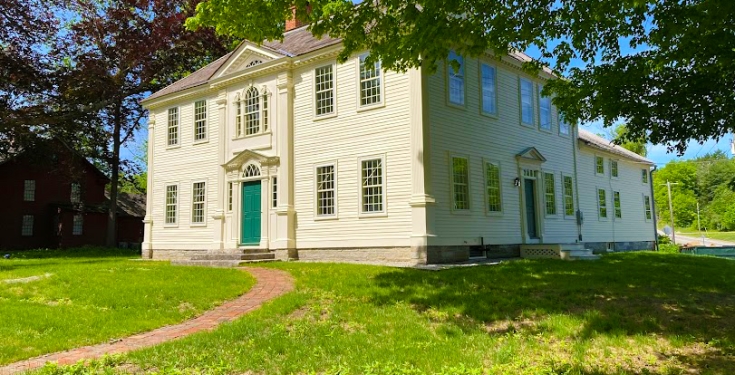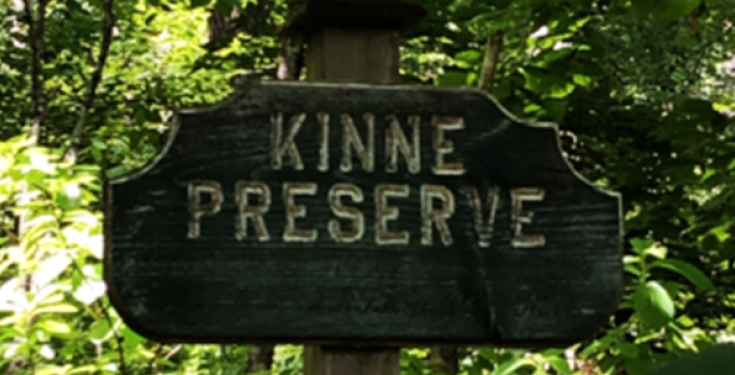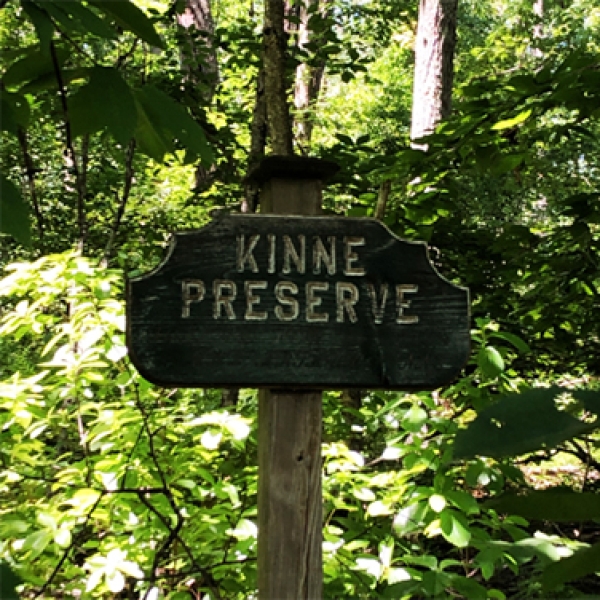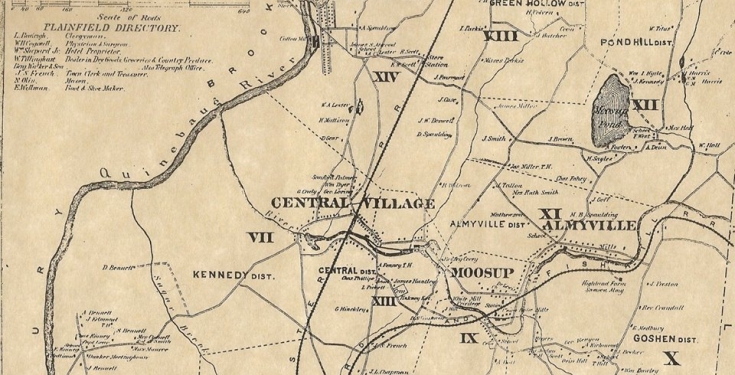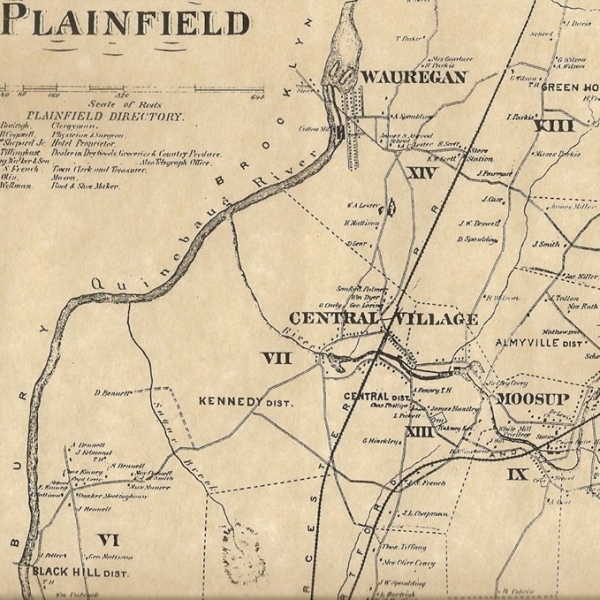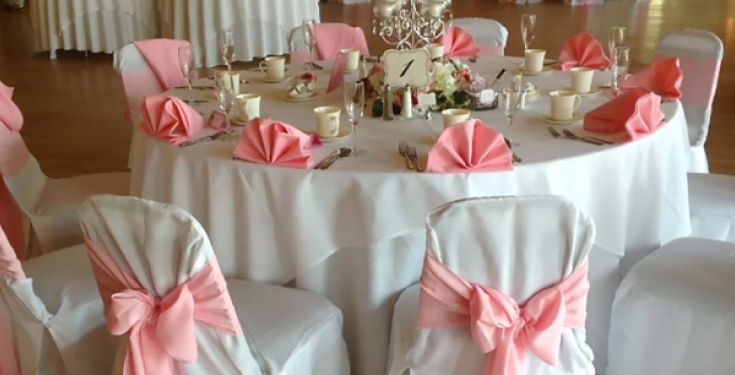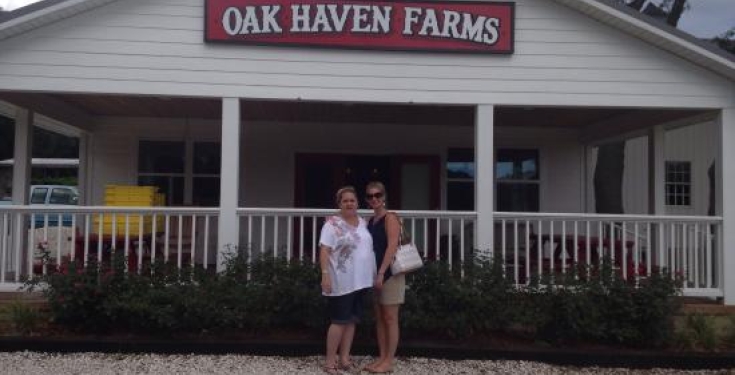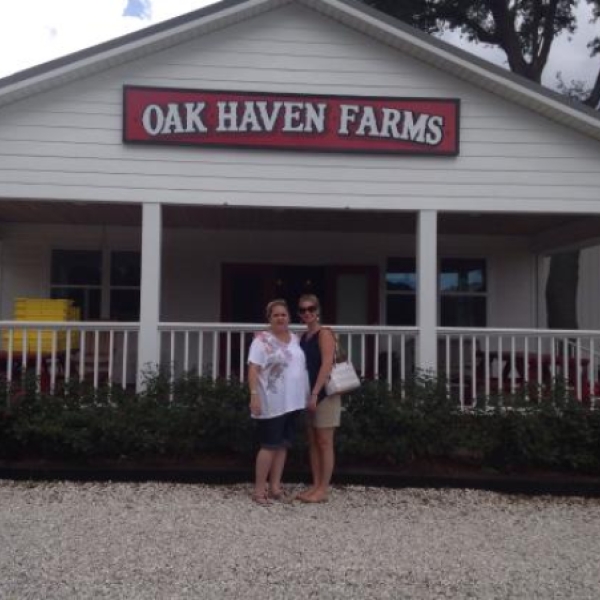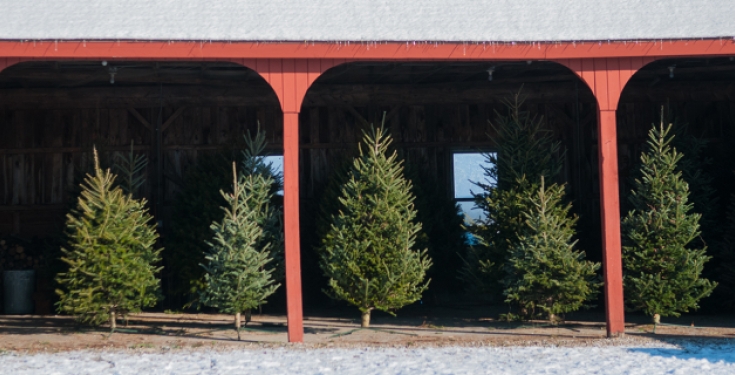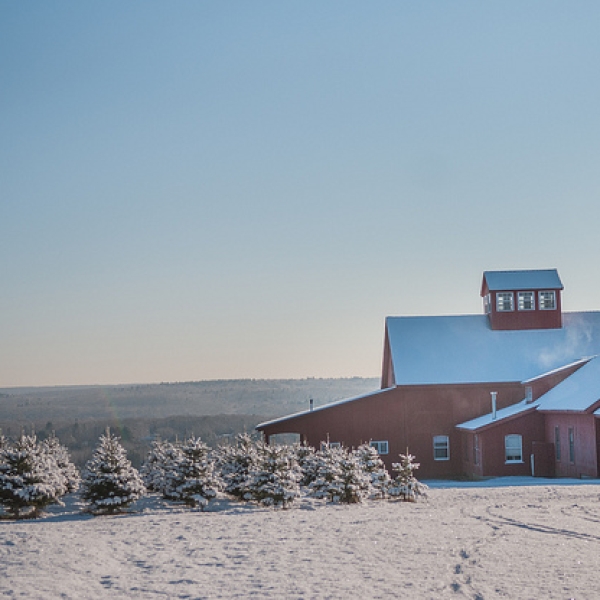In 1832, Prudence Crandall, the white principal of the Canterbury Female Boarding School, was approached by a 20-year-old Black woman named Sarah Harris asking to attend the school. Encouraged by conversations with both Harris and Maria Davis, a young Black woman who worked for Crandall and shared copies of the abolitionist newpaper The Liberator with her, Crandall agreed to admit Harris. When residents opposed the school's intergration and parents threatened to withdraw their daughters, Crandall closed her school and reopened in 1833 for Black and Brown students. The students traveled from several states to attend the school. Connecticut responded by passing the "Black Law," which prevented out-of-state Black and Brown people from attending school in Connecticut towns without local town approval. Crandall was arrested, spent one night in jail, and faced three court trials before the case was dismissed on a technicality.
In September, 1834 a late-night mob attack closed the school. These events made national and international news in the 1830s and galavanized the abolitionist movement. Many of the students, including Juila Williams, Mary Miles, and Mary Harris went on to become educators, reformers, and leaders in their communities. Crandall v. Connecticut impacted two U.S. Supreme Court cases and laid the framework for the 14th Amendment to the U.S. Constitution.
The Prudence Crandall Museum, site of the Canterbury Female Boarding School, is a National Historic Landmark, an Archaeological Preserve, and an International Site of Conscience. Prudence Crandall is the Official State Heroine of Connecticut.
About the Museum
The Prudence Crandall Museum is not decorated as a traditional historic house museum. Teachers, students, and supporters left few primary sources on how rooms were used during the time the Canterbury Female Boarding School was in operation, and few artifacts connected to the school have survived.
The exhibit Canterbury Female Boarding School: Courage, Conscience, & Continuance shares the stories of the school's teachers and students and demonstrates expressions of support and opposition at the town, state, national, and global levels during the tumultuous seventeen months the school remained open.
Tours are conversational. Dialogue between guides and visitors show how the legal expansion of education opportunities connects the Canterbury Female Boarding School to the 1954 Brown v. Board of Education, Topeka U.S. Supreme Court case. We hope visitors leave inspired to continue the mission of Sarah Harris and Prudence Crandall by addressing current barriers to education.

